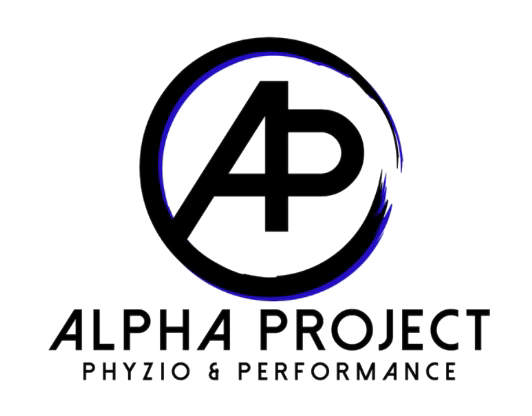Low Back Pain and the Pelvic Floor
Studies have shown that 80% of people with low back pain also have pelvic floor dysfunction. 80%!
So, if you have low back pain, then you probably have pelvic floor dysfunction. This can include pain with intimacy, leakage, diastasis recti, prolapse, and tailbone pain.
Thankfully, low back pain can be addressed through pelvic floor physical therapy. Keep reading to see how.
How Are Low Back Pain and Pelvic Floor Dysfunction Related?
Here are some ways that low back pain and pelvic floor dysfunction can overlap.
Bad pressure management
Poor pressure management with activities such as lifting objects, coughing, sneezing, jumping, and rolling over can affect both the back and the pelvic floor negatively. If you are not bracing your core and pelvic floor correctly, the extra pressure will be put on these areas. This causes back pain, prolapse, and/or leakage.
Muscle tightness
Muscle tightness in the low back can trickle down and cause muscle tightness in the pelvic floor, and vice versa! Muscle tightness in the low back may be a result of direct injury to the back or poor range of motion in the back.
Muscle tightness in the pelvic floor may be a result of tight hips, tight low back, trauma (sexual assault, miscarriage, etc), too much sitting, direct injury to the tailbone, birth trauma, or pregnancy. Pelvic floor tightness can refer pain to the lower back.
Diastasis recti
Diastasis recti is a condition that many postpartum women experience where the right and left abdominal muscles are separated from each other too much. However, this condition also appears in middle-aged men frequency (especially if they are carrying extra weight in the midsection).
Both postpartum women and middle aged men are prime candidates for low back pain. When the abdominal muscles are not functioning optimally, the muscular support for the low back is not functioning optimally. This leads to poor pressure management and puts pressure on the pelvic floor and low back leading to back pain, leakage, and/or prolapse.
What is Pelvic Floor Physical Therapy?
Pelvic floor physical therapy is treatment and exercises to strengthen or relax the muscles in the pelvic to treat several health conditions, including low back pain.
You work with a physical therapist that specializes in the pelvic floor to create a specific plan to address dysfunction that affects quality of life in both women and men.
Low Back Pain and the Pelvic Floor
As you can now see, the low back and pelvic floor are interconnected with their functions. When muscles are tight, or pressure is not well-managed, or the core is not functioning properly, this can lead to an overlap of low back and pelvic floor symptoms.
If you are experiencing symptoms and are serious about solving your low back pain, speak to one of our Maryland pelvic floor physical therapists today!

